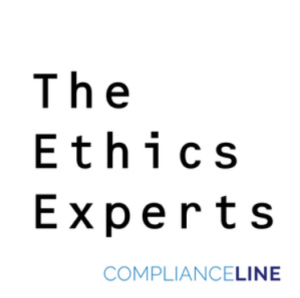I recently had the opportunity to visit with several folks from Assent Inc. for a sponsored podcast series entitled Supply Chain and ESG – What You Need to Know. We discussed: ESG drivers with Jared Connors and James Calder; UFLPA, Supply Chain and ESG with Travis Miller and Jamie Wallisch; the New World of Product Compliance and ESG, with Cally Edgren and Devin O’Herron; Emissions Reporting Strategies with Devin O’Herron and Jared Connors; and Responsible Minerals, Supply Chain and ESG, with Jared Connors and Daniel Zamora. Today, in our final post, we consider responsible minerals, supply chains and ESG.
We began with a review of the evolution on responsible mineral sourcing. It started with conflict minerals, which has been around for 10 years or so. This led to a rather dramatic shift in the worldwide corporate mindset and companies and stakeholders determined that there needed to be more engagement all levels within the supply change. Zamora pointed to the example of due diligence. “It began as a data collection exercise where you get transparency into your supply chain, but now it’s all about, what can you do with that information after you collect data? What you see from the expectations of stakeholders is performing risk management, right to diligence activities within your supply chain.” This means going beyond regulatory requirements, it means risk management activities related to identifying sanctions within your supply chain.
One of the key themes of this series has been how a comprehensive ESG program can bring a much more integrated, holistic approach to not simply regulatory compliance but also in overall business operations. That also presents the opportunity to use an ESG approach to move from simply a reactive to proactive program. With Zamora, we look at steps a company can take to facilitate this change.
Zamora said, the “first step is you need to collect data efficiently. Once you do that officially, it allows your organization to have the resources in place to focus at how to perform risk management from within your supply chain. Number two, you need to have a specific program in place that would allow you to see and identify the risks so you can see where minerals are coming from and where the minerals are going afterwards. This allows you to identify those risks ahead of time, having risk assess verifiable sources out there that will allow determine who the bad actors are before then engage in bad behaviors.”
All of this allows a company to make better business decisions in terms of risk management. Zamora said, “it gives them time. It gives them a lot of power to take corrective actions, according to those risks. It could be communicating that those risks within their own supply chain. It could be passing that information along to their legal team. Once you have that ability to see these risks live as if an organization is being proactive about it instead of being reactive and waiting for those risks to show up in your supply change; a company will have a lot of power to have corrective action in order to mitigate those risks.”
We concluded with a discussion of the stakeholders who might be concerned with responsible minerals and how a corporation can use an overall ESG program to engage with them. This can include the shareholders, it could include customers, it could include employees, it could include third parties your organization does business with, and it could include the locales where a company does business or operates. Zamora said, “conversations have definitely changed,”. Now it has expanded to “even metal associations.” These conversations are also at “multiple levels within the supply chain. It is no longer the downstream companies and the shareholders right now, you see expectations at the mid-tier suppliers, you see these conversations at the smelters and at the upstream level.” All these levels are getting engaged in discussions and conversations around the ESG requirements.
To listen to the podcast this blog post is based upon, click here.








